Automakers can be a sneaky bunch, infamously testing prototype vehicles covered in purposefully-misleading camouflage. But to test an element of an all-new vehicle right under our noses? That’s rather new. And that’s exactly what Ford Motor Company did in developing the all-new 2015 F-150.
The Blue Oval ventured outside its labs to test the aluminum-alloy cargo box of the 2015 F-150. The automaker installed an experimental cargo box made of aluminum in six last-generation steel-bodied F-150 pickups, and quietly placed them in the hands of three fleet customers, who then went about evaluating the design and engineering of the box in some pretty tough conditions.
The three fleet companies took delivery of the prototype F-150s at their job sites in 2011. Three years later, these fleet customers and the Ford team who built the prototype trucks “are convinced the new 2015 Ford F-150 will be the toughest truck the company has ever made.” The six-vehicle fleet accumulated more than 350,000 miles in just over two years.
“Our customers demand the highest levels of toughness and productivity – so we wanted to test the truck outside, in the harshest conditions and in the hands of real customers – with no limits,” said Larry Queener, program manager for the new F-150. “But we did not want these customers to know what was different. So, when we gave them the prototype vehicles, we told them to use the trucks like their other hard-working Ford trucks, and we would be back to follow their progress.”
Denis Kansier, F-150 prototype lead engineer, visited the customer sites every three months to check on the integrity of the vehicles and identify possible adjustments to the design of the new Ford F-150.
“This secret testing almost immediately yielded results and lessons we have rolled into the all-new F-150,” said Kansier. “For example, we made the cargo box floor thicker to improve strength, and we made modifications to the tailgate based on lessons we learned through customer usage.”
The job sites where the real-world testing took place were chosen for the tough nature of the work these fleet customers do there, ranging from picking up and hauling heavy objects, like 40-pound pintle hitches used for heavy towing, to rolling over unforgiving off-road terrain.
Each given two prototype vehicles, the customers and the sites they worked on include:
- Barrick Gold Corporation, Elko, Nevada: The Barrick surveying team drove the vehicles through severe terrain at the company’s Bald Mountain and Cortez mines, including travel into mine pits before and after blasting. The prototype F-150 trucks are still being driven between 100 and 300 miles a day, and have accumulated more than 150,000 miles between them
- Walsh Construction, Holtwood, Pennsylvania and Birmingham, Alabama: Walsh Construction was selected for the severity of use at two of its work sites – first, a hydroelectric dam in Lancaster, Pennsylvania, then a highway interchange construction site in Birmingham, Alabama
- Regional utility company in North Carolina: One F-150 prototype was assigned to a meter reading crew that drives up steep mountain roads; the second truck was assigned to line crews that drive up overgrown paths to replace old poles and electrical lines. The meter readers removed the truck’s tailgate to improve visibility – an alteration Ford engineers responded to by incorporating height modifications into the final F-150 design. The trucks at these sites are still being driven an average of 200 miles a day
As the testing of these six F-150 prototypes ensued, drivers began to notice differences compared to typical steel truck beds. One of the differences they noticed was a lack of rust.
“They told us they noticed the boxes did not produce red surface rust when heavy use scratched through the paint,” said Kansier.
Ford told the fleet customers about the modified, high-strength aluminum-alloy cargo boxes in their F-150s following the reveal of the all-new F-150 at the 2014 North American International Auto Show in January. To our surprise, the prototype trucks are still in use at the three companies.
The Motrolix Take
First, it ran the new 2.7-liter V6 EcoBoost (also destined for the 2015 F-150) in the Baja 1000, and now, this. Well-played, Ford. Well-played, indeed.

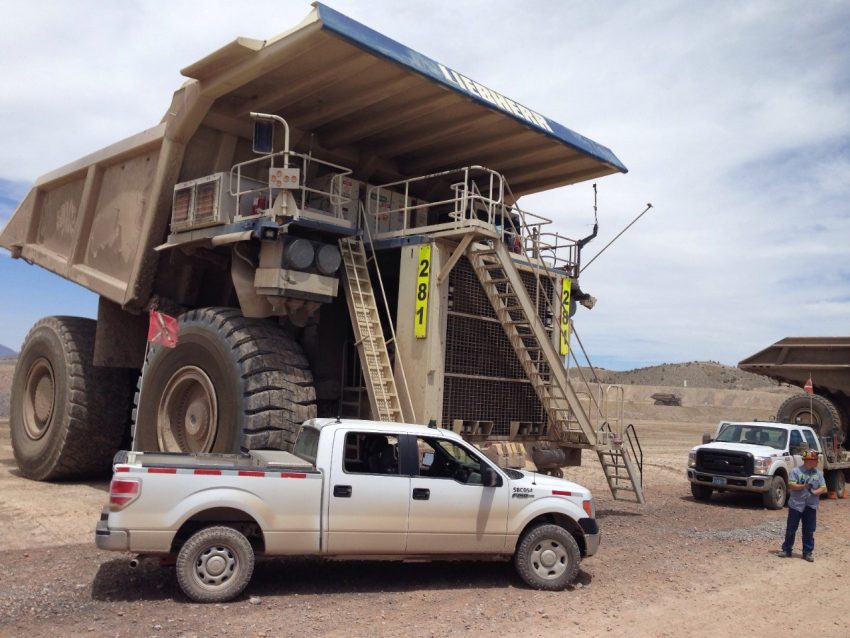
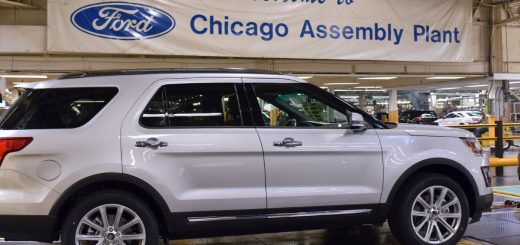
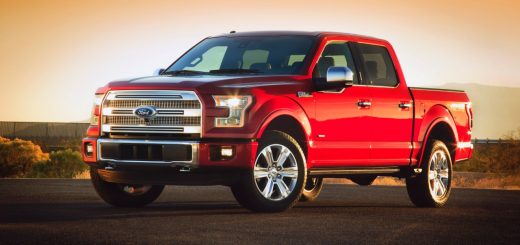
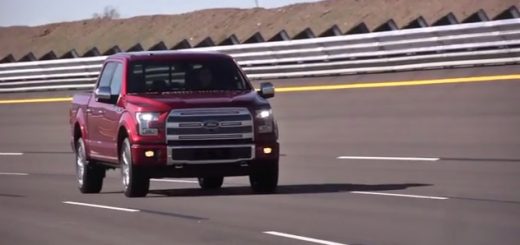
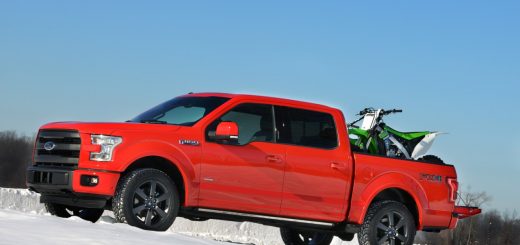
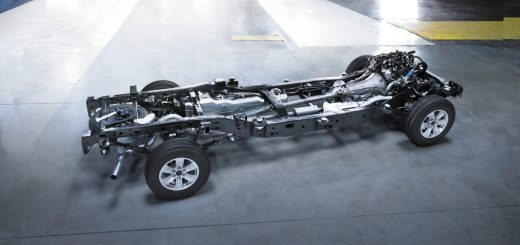
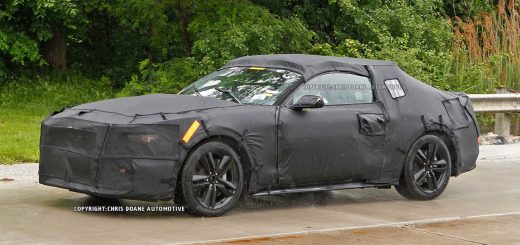






No Comments yet